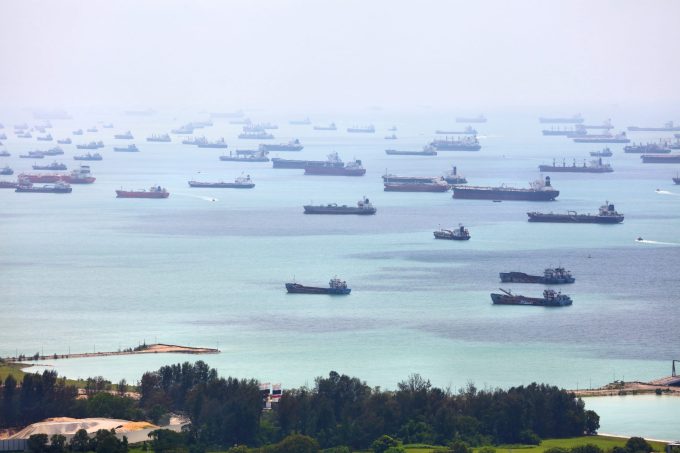With almost all box ships arriving late, Singapore acts to reduce time in port
Singapore’s transport minister said in parliament yesterday that the Maritime and Port Authority of Singapore (MPA) and port operator PSA were in discussions with liner operators to optimise vessel arrival times and operations to improve turnaround.
Chee Hong Tat said nearly all containerships bound for Singapore were arriving late, as the Red Sea crisis continues to disrupt shipping schedules.
So far this year, 90% of boxships calling at the world’s second-busiest port were not berthing on time – the 2023 average was 77%, he said.
Using a just-in-time system could allow delayed ships to refuel and replenish supplies while waiting to berth.
Mr Chee admitted that although containerships were staying longer in Singapore to load and discharge cargo, which increased the waiting time for incoming ships, the anchorages were not crowded.
The minister said: “Many of the vessels are arriving within a short window, compounding the issue by causing a ‘vessel-bunching’ effect. As a result, both the demands and complexity of container handling at our port have increased.”
Ships had to wait for as long as a week to berth in May, compared with half a day in normal periods.
EconDB data shows that, currently, Singapore has the highest container traffic among container ports, with 72% of ships bound for the city-state delayed. In the next seven days, 256 ships are due to arrive. In the past two weeks, outbound and transhipped containers had a dwelling time of around 10 days.
Mr Chee added that his ministry was working with port operator PSA to ramp up capacity in anticipation of more ship arrivals. On Monday, the first of three new berths at Singapore’s new megaport in Tuas estate began operations, and two more berths will open in October and December.
If there is no let-up in vessel arrivals, the opening of more berths could be brought forward.
Opening the new berths is in addition to the reactivation of shuttered facilities in downtown Singapore – the Keppel and Tanjong Pagar terminals.
Singapore is also the world’s busiest container transhipment port, and many liner and feeder operators transfer containers here for onward transportation to elsewhere in Asia to expedite ships’ return to Europe.
Coincidentally, Singapore is the world’s largest bunkering port, in terms of sales volumes, with a record high of 51.8m tonnes of marine fuels sold in 2023.

